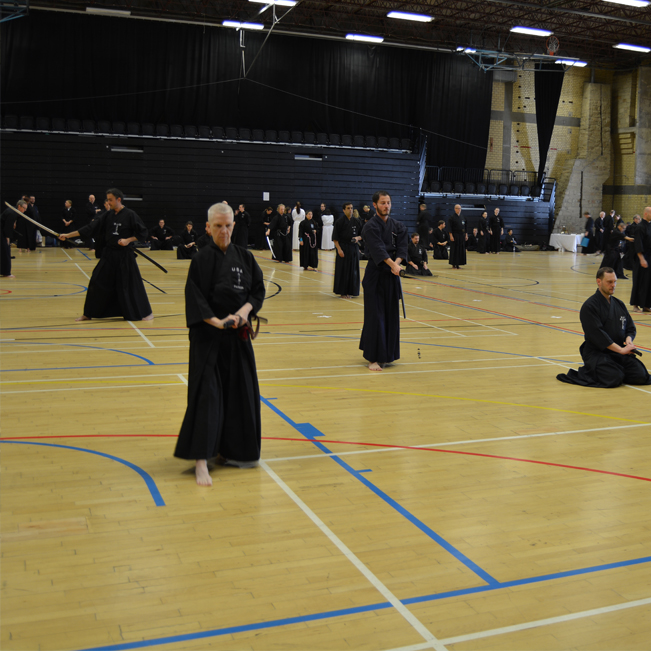We are all horrified here by the news of the sword attack in Hainault earlier this week and our heartfelt thoughts go out to the victims of this abhorrent act.
This shocking episode has once again raised public concern about the availability of such weapons and sparked a national debate about whether the current regulations on swords are sufficient.
There is legitimate worry within the community that the future of our wonderful discipline of Iaido is at risk in the United Kingdom if a new set of ill-conceived regulatory parameters are introduced as a knee jerk reaction to the Hainault tragedy.
At this time, as per the UK’s Offensive Weapons Act, the purchase, sale and possession of specified knives and bladed weapons are prohibited. Defences from prosecution exist for swords with curved blades over 50 cm to accommodate art collectors and practitioners of traditional martial arts (provided they are made according to traditional methods, or being supplied for a legitimate purpose for which public liability insurance is held).
Authorities are now inclined to re-examine the laws surrounding bladed weapons and consider whether more stringent regulations are required. At this moment in time, anyone can go online and purchase a sword from some unscrupulous UK businesses, under the premise that the sword itself provides a defence from prosecution, because it is “traditionally hand made”.
But what does “traditional methods of making swords by hand” mean? Does that imply smiths cannot employ the use of a mechanical hammer? That Tamahagane created in a Tatara must be used? That the sword must bear a genuine Hamon created through differential tempering and hand polishing?
The ambiguity of this definition, which is enshrined in law, makes assessment of a sword frankly impossible for the purposes of enforcement. This loose definition was made in a second draft of the 2008 amendment and was a change made very rapidly, after the initial draft stepped on some prominent cutler’s toes and unintentionally affected army cavalry sabers and swords which fitted the definition which were made outside of Japan.

At present, due to its wording, the amendment to the legislation from 2008 means that Iaito, safe practice swords, are actually more heavily regulated than dangerous sharp steel swords. In our view a clear distinction between safe practice weapons and sharp steel swords is essential to save Iaido in the UK, and a redefinition of “traditionally made by hand” needs to be made, which can then be actively and effectively policed.
Let’s look to the home of the Katana for inspiration. In Japan, any sword which is ferrous (contains iron) must be registered with the local authorities. It is considered a dangerous weapon and the equivalent of registering a gun, with a licence being issued for that specific sword.
Iaito, or practice swords are not under any such controls, quite simply, because whilst they look like swords, they are not dangerous weapons. These blunt training tools are made for Iaido practitioners so they can safely practice Iaido without endangering themselves, fellow practitioners or members of the public.

The material Iaito are made from is key. Zinc-Aluminium alloy is comparatively soft. It cannot be sharpened and it cannot hold an edge. Furthermore, it is easy to bend by hand and will break under impact with relative ease.
When we look at the dictionary definition of a sword, it is a bladed weapon with one or more sharp edges. As such, it isn’t really correct to define an Iaito as a sword at all. It’s a blunt alloy safety training tool. The one problem is of course, they still look like the swords they are built to emulate!
If the UK government isn’t prepared to accept the cost or burden of administration that a licensing program would entail, perhaps defining the characteristics of swords more clearly within the current framework of the law, would finally help take dangerous, cheap replicas out of the hands of potential assailants and make the amendment to the law made 16 years ago actually enforceable.

